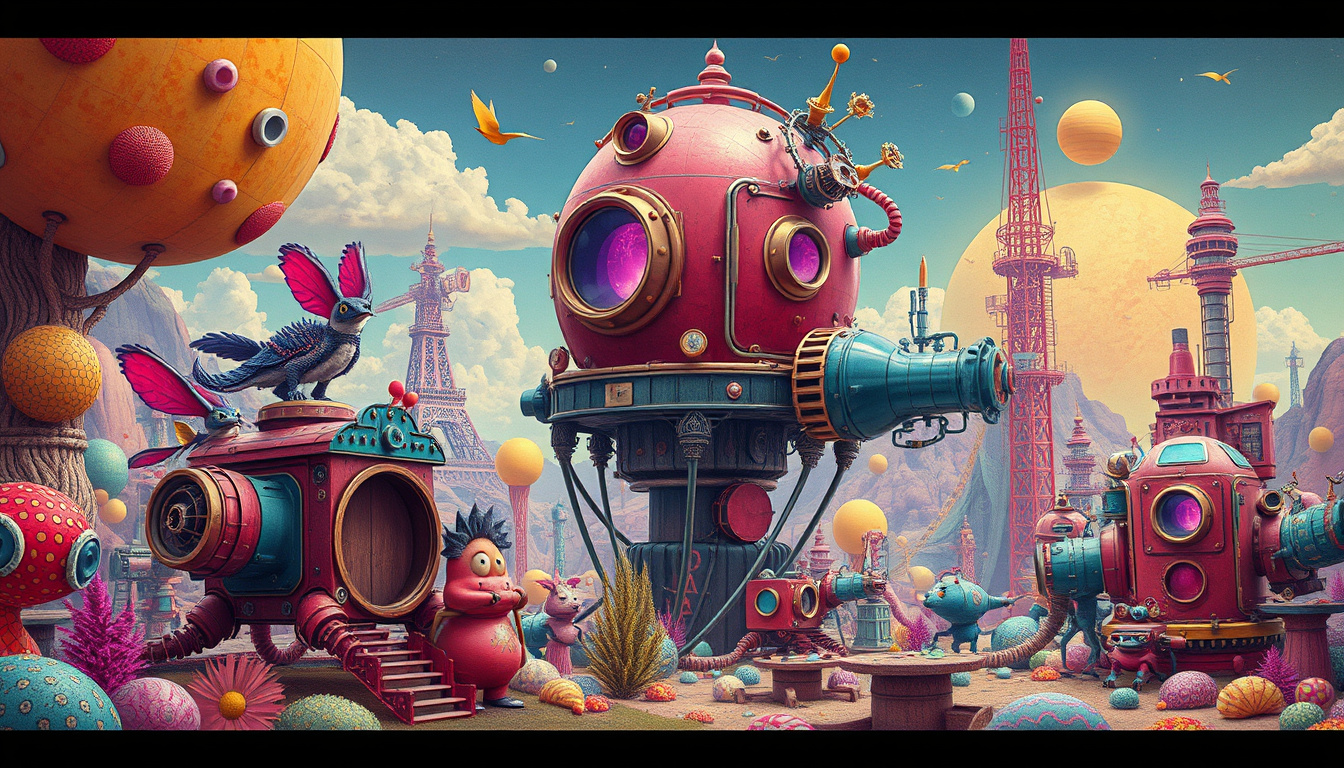Artificial intelligence (AI) is revolutionizing the creative industry, presenting new challenges and opportunities in the realm of intellectual property (IP).
At the forefront of this transformation is a phenomenon known as 'Ghiblification,' which refers to the creation of AI-generated artwork that closely mimics the iconic animation style of Studio Ghibli.
Following the release of a cutting-edge image generator from OpenAI that sparked this trend, significant discussions have emerged about the ethical and legal implications of AI's involvement in creative production.
Industry experts, including Jason Zhao from Story Protocol and Kyle Samani from Multicoin, weigh in on the importance of establishing fair compensation systems for artists and the evolving nature of IP in a world where content creation is increasingly streamlined and cost-effective.
This article delves into the rise of Ghiblification, examining the impacts on intellectual property rights and the ethical considerations that accompany the deployment of AI in the arts.
Crypto News, Articles and Reports

Key Takeaways
- AI-generated art is creating new challenges for intellectual property rights in the creative industry.
- Industry leaders emphasize the need for frameworks ensuring artists are compensated for their work amid the rise of AI.
- The phenomenon of 'Ghiblification' raises important ethical questions about authenticity and ownership in the arts.
The Rise of Ghiblification: Understanding AI-Generated Art
The rise of Ghiblification signifies a transformative moment within the intersection of AI technology and artistic expression, as evidenced by OpenAI's recent image generator that replicates the magical and whimsical animation style quintessential to Studio Ghibli.
As this new wave of AI-generated art floods the creative landscape, it ignites a complex dialogue around intellectual property rights and the ethical responsibilities of both creators and technologists.
Pioneers in the field, such as Jason Zhao from Story Protocol, advocate for the establishment of robust frameworks that ensure that artists are duly compensated for the inspiration and influence their original works impart upon AI-generated content.
This push for fair compensation reflects a growing acknowledgement of the invaluable contributions artists make to culture and society.
In stark contrast, industry experts like Kyle Samani from Multicoin voice concerns about the relevance of traditional IP structures in an era where the barriers to content creation are rapidly diminishing.
Samani suggests that when the cost of producing artistic outputs is negligible, the very foundations of intellectual property may require reevaluation to adapt to this new reality.
As AI continues to evolve, the ongoing discourse surrounding Ghiblification raises vital questions about originality, ownership, and the future of artistic innovation, illuminating the transformative challenges that lie ahead for artists navigating an increasingly automated world.
Navigating Intellectual Property: Legal and Ethical Considerations
Amidst the technological upheaval brought on by advancements in artificial intelligence, the implications for intellectual property law are profound and multifaceted.
As AI-generated content gains traction—especially works that emulate beloved styles like that of Studio Ghibli—questions regarding copyright ownership and creator rights become increasingly pressing.
The term 'Ghiblification' not only highlights this trend but also underscores a larger concern: how can artists protect their unique styles from being replicated or diluted by AI technologies?
Industry leaders are calling for a balanced approach that respects the innovation AI brings, while still safeguarding the interests of human creators.
As Jason Zhao suggests, implementing clearer compensation systems could create a pathway for fair acknowledgment of original artists' contributions, even in an AI-driven landscape.
This debate is further complicated by Kyle Samani's argument about the diminishing relevance of traditional IP frameworks when the cost of content creation becomes negligible, provoking a reevaluation of how we define ownership and originality in the creative arts.
As we delve deeper into this discussion, it's crucial to consider how evolving legal frameworks can foster an environment where both artists and technology can thrive harmoniously.
By Wolfy Wealth - Empowering crypto investors since 2016
[highlight=transparent]⚡️Exclusive research [/highlight][highlight=transparent]Click [/highlight]Here
Disclosure: Authors may be crypto investors mentioned in this newsletter. Wolfy Wealth Crypto newsletter, does not represent an offer to trade securities or other financial instruments. Our analyses, information and investment strategies are for informational purposes only, in order to spread knowledge about the crypto market. Any investments in variable income may cause partial or total loss of the capital used. Therefore, the recipient of this newsletter should always develop their own analyses and investment strategies. In addition, any investment decisions should be based on the investor's risk profile.
